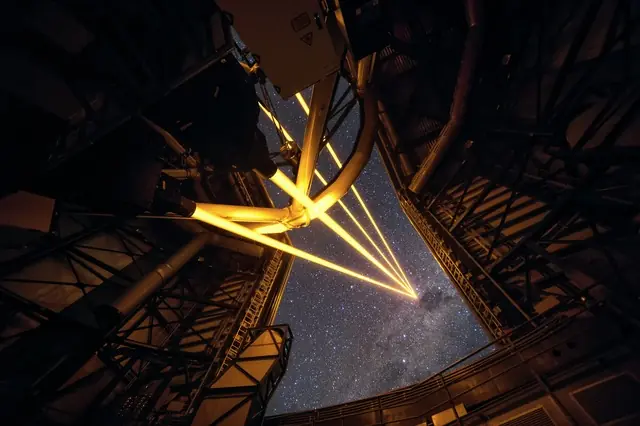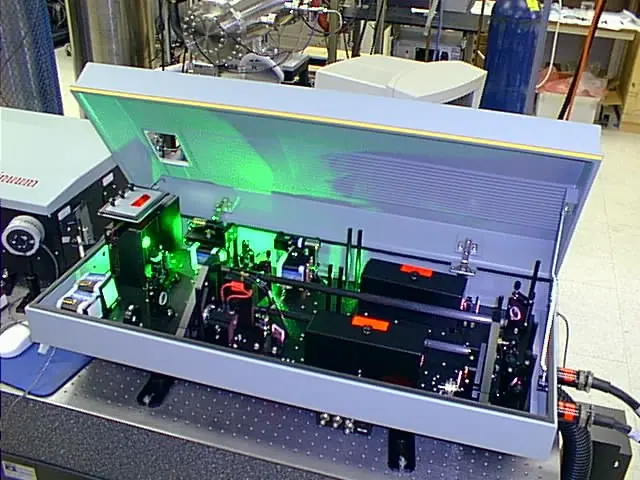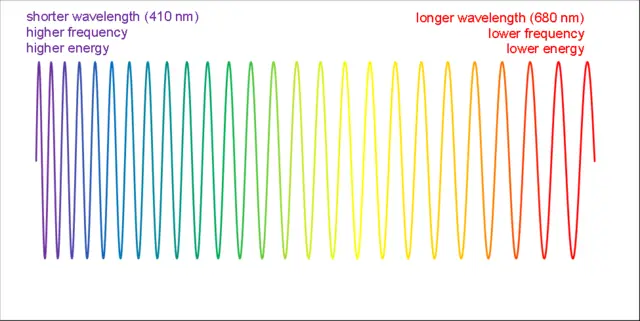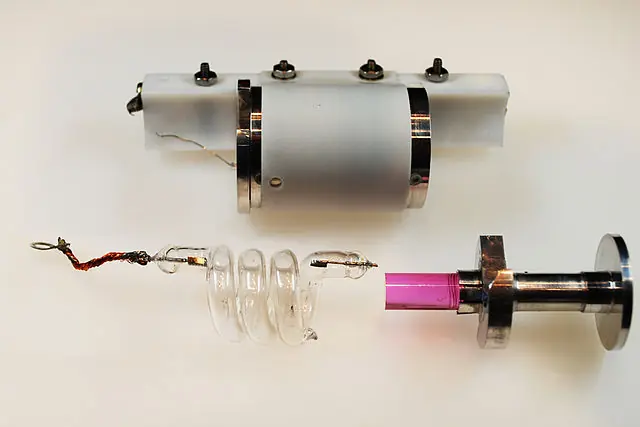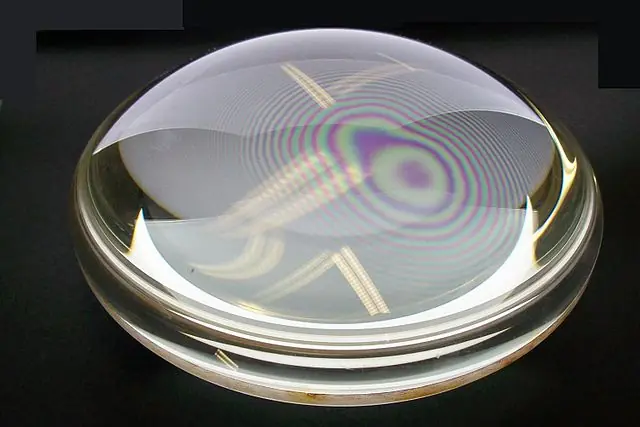The Science Behind Laser Frequency Combs
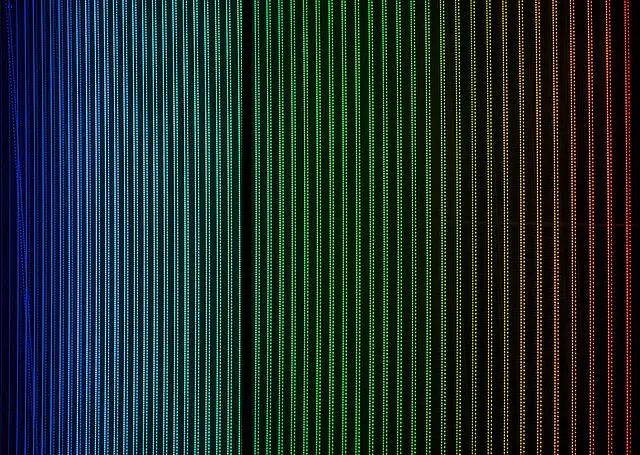
Since the invention of lasers, scientists have been exploring ways to improve their precision and accuracy. One such development is the laser frequency comb, a powerful tool that has transformed various fields, including precision spectroscopy, optical atomic clocks, and astronomy. In this article, we will explore the history, basics, applications, current research, and limitations of laser frequency combs, highlighting their significance in modern science and technology.
Historical Background
In the early 1960s, the invention of the laser led to a technological revolution, paving the way for numerous applications in medicine, communications, and manufacturing, among others. However, the accuracy of lasers was limited, and their output frequencies were difficult to measure.
In 1999, John Hall and Theodor W. Hänsch invented the frequency comb, a breakthrough that changed the face of precision metrology. For this invention, they were awarded the Nobel Prize in Physics in 2005.
Basics of Laser Frequency Combs
A laser frequency comb is a precise tool that measures the frequency of light waves. It generates a series of equally spaced laser frequencies that can be used to measure the properties of light with extraordinary accuracy.
Laser frequency combs are generated using two main techniques: mode-locked lasers and microresonator combs. Mode-locked lasers generate pulses of light that are equally spaced in time, whereas microresonator combs use tiny optical resonators to generate light frequencies.
Applications of Laser Frequency Combs
Laser frequency combs have numerous applications, including precision spectroscopy, optical atomic clocks, frequency metrology, astronomy, and communication technology.
Precision spectroscopy involves measuring the properties of light emitted by atoms and molecules to determine their composition and properties. Laser frequency combs provide accurate measurements of the light spectra, improving the precision and sensitivity of spectroscopic measurements.
Optical atomic clocks are the most precise timekeepers in the world, and they rely on frequency combs to maintain their accuracy. These clocks measure the vibrations of light waves to determine the time with incredible accuracy.
Frequency metrology involves measuring the frequencies of light waves to develop standards for time and distance measurements. Laser frequency combs are essential tools for developing precise frequency standards.
Astronomers use frequency combs to measure the properties of light from distant galaxies and stars, providing valuable insights into the universe’s composition and evolution.
Finally, frequency combs have transformed communication technology by improving the precision and accuracy of optical communication systems, enabling faster and more reliable data transmission.
Current Research and Developments
Researchers are continuously exploring ways to improve laser frequency comb technology and develop new applications. Recent advancements include the development of chip-based combs, which are smaller and more portable than traditional combs.
Scientists are also exploring new applications of frequency combs, such as in quantum computing, ultrafast imaging, and environmental monitoring.
Challenges and Limitations
Despite their incredible accuracy and versatility, frequency combs face several challenges and limitations. For example, they are expensive and complex, limiting their accessibility to researchers and scientists. Furthermore, some applications, such as astronomical observations, require larger and more powerful combs, which can be difficult to develop and maintain.
Conclusion
Laser frequency combs are a powerful tool that has revolutionized modern science and technology. From precision spectroscopy to optical atomic clocks and astronomy, laser frequency combs have transformed our understanding of the world around us. As research and development continue, they will undoubtedly play an increasingly important role in advancing scientific and technological progress.

